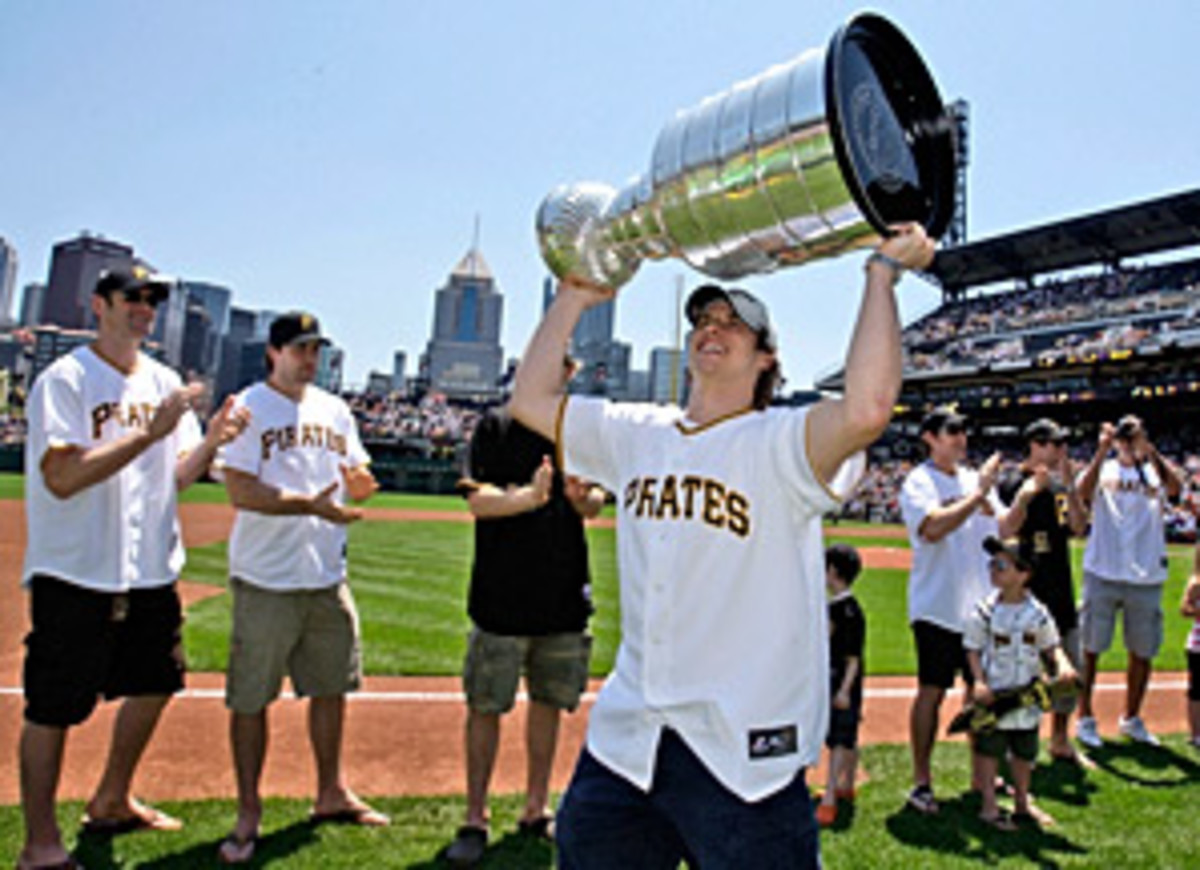NHL's summer is no time to rest
And so it goes, on and on and on.
The Penguins' Stanley Cup parade in Pittsburgh leads directly to Las Vegas for the NHL Awards extravaganza on Thursday night. The following week, the focus shifts from celebration at the top of the league to the business of strengthening the bottom of the circuit, as the NHL Entry Draft unfolds in Montreal (June 26-27). That's when John Tavares and Victor Hedman, the long-discussed top prospects in this year's draft -- find out if they will play for the New York Islanders or the Tampa Bay Lightning.
The following week sees the NHL's free agency period begin. Will Marian Hossa re-sign with the Red Wings? Where will Jay Bouwmeester wind up? Can new Wild GM Chuck Fletcher entice Marian Gaborik to stay and play in Minnesota? What of the Sedin twins? Is their tenure in Vancouver over?
All of these big names figure to be signed, somewhere, as bidding opens on July 1. The balance of July holds salary arbitration elections and Group 5 free agency election by players in that category. Arbitration hearings and decisions bleed into August, as do prospect camps and later in August, rookie camps and tournaments.
In other words, the NHL and hockey in general is a year-round endeavor. There is hardly any down time at all. Now, this isn't unique to the world of hockey. Every major sport has extended its season -- with the Super Bowl in February and the World Series in November (remember when Reggie Jackson was dubbed "Mr. October" for his clutch hitting in baseball's ultimate showcase?) -- to maintain visibility throughout the course of the year. We understand the need to stay relevant from a business perspective all year long, but this constant cycle of events serves to underscore the feat of the Penguins and the Detroit Red Wings in getting all the way to the Stanley Cup Final in successive seasons.
Forget the aging notion of a "short summer" and quick turnaround for teams. There is no recovery time allowed. The pursuit of a title on the ice and the business machinations away from that main goal must run concurrently. That is what makes the Red Wings' long run of success -- five Stanley Cup appearances in 12 seasons -- so impressive. Likewise, with the Penguins getting it together and keeping it so for two seasons running. The effort and focus required from the people on the ice all the way up to the executive suite and on out to scouts and minor league affiliates is tremendous.
It is also why successful teams have grown their hockey operations staffs to accommodate the workload. There is a nimbleness required now. The salary cap is a big part of the equation, as teams need to evaluate players more efficiently than ever before. That requires manpower, insight and the art of delegation. GM Ken Holland in Detroit is outstanding in this regard. So to is Ray Shero in Pittsburgh. Their management style has a lot to do with their respective organization's capacity to handle all that goes into not only getting to the final, but doing it in multiples.
It is why Holland's long-time assistant GM, Jim Nill, is so highly-regarded and why Shero's right-hand man Fletcher landed the Wild position. Don't get me wrong, the players are the ones who deliver on the ice and deserve all the credit in the world for putting in the work to sustain success. It's just that in today's world, that alone isn't enough, not when the calendar is full for 12 months and the season lasts nine.
The Red Wings and Penguins get it. It is why they have a good chance at being there again next year, despite the short summer.






